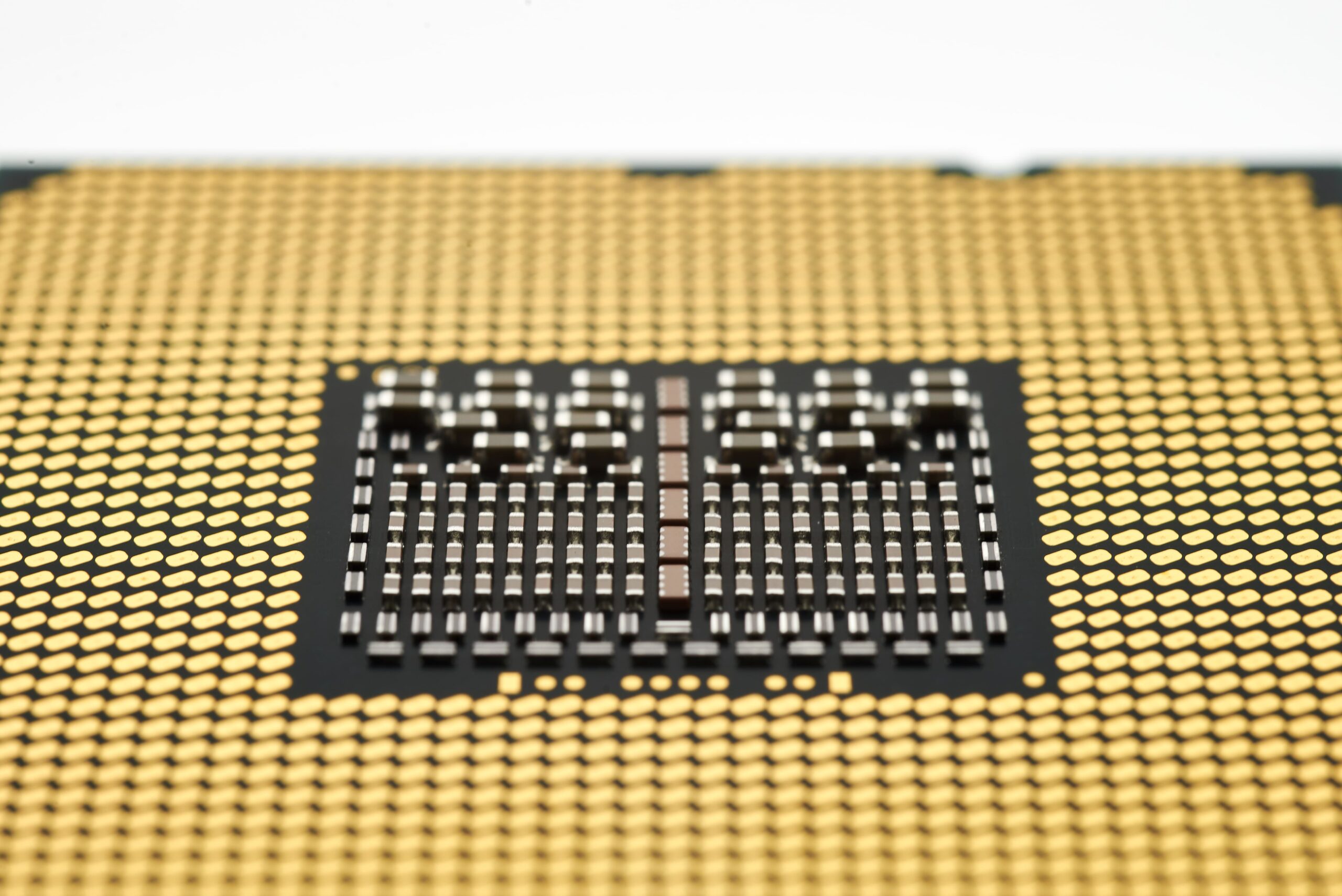Panther Cove: Intel’s Next Big Leap in P-Core Architecture
Intel is pushing the boundaries of its CPU designs with Panther Cove, a highly anticipated P-core architecture. While it won’t be hitting the market soon, Panther Cove is expected to deliver significant IPC (instructions per cycle) improvements and integrate Intel’s new APX (Advanced Performance Extensions) instruction set, promising higher performance without increasing power consumption or silicon size.
The architecture was revealed through data from INstLatX64 on X, where Intel’s development approach suggests that Panther Cove will represent a major overhaul in its P-core architecture lineup. The shift harkens back to Intel’s well-known “tick-tock” strategy of the 2010s, where a substantial architectural change (“tick”) was followed by a smaller update (“tock”). According to users on the Real World Technologies forum, Panther Cove will follow Cougar Cove, which itself is an evolution of Lion Cove, found in the Core Ultra 200 series (Lunar Lake and Arrow Lake CPUs).
Panther Cove’s most notable feature is the introduction of Intel’s APX. APX enhances the x86 instruction set by increasing general-purpose registers from 16 to 32, improving the efficiency of the compiler by storing more values. This extension also introduces new conditional load, store, and compare/test instructions, optimizing performance for out-of-order CPUs. These changes help reduce the performance penalties associated with branch mispredictions.
With these enhancements, Intel is set to deliver a robust performance boost in future CPUs, continuing to refine its architectural advancements. Panther Cove could be featured in the Core Ultra 400 series, maintaining Intel’s legacy of innovation in CPU technology.
Prepare for an exciting leap in Intel’s processor performance with Panther Cove as the architecture promises substantial improvements in computing efficiency and power management. Stay tuned for more updates as this next-gen design develops!


















